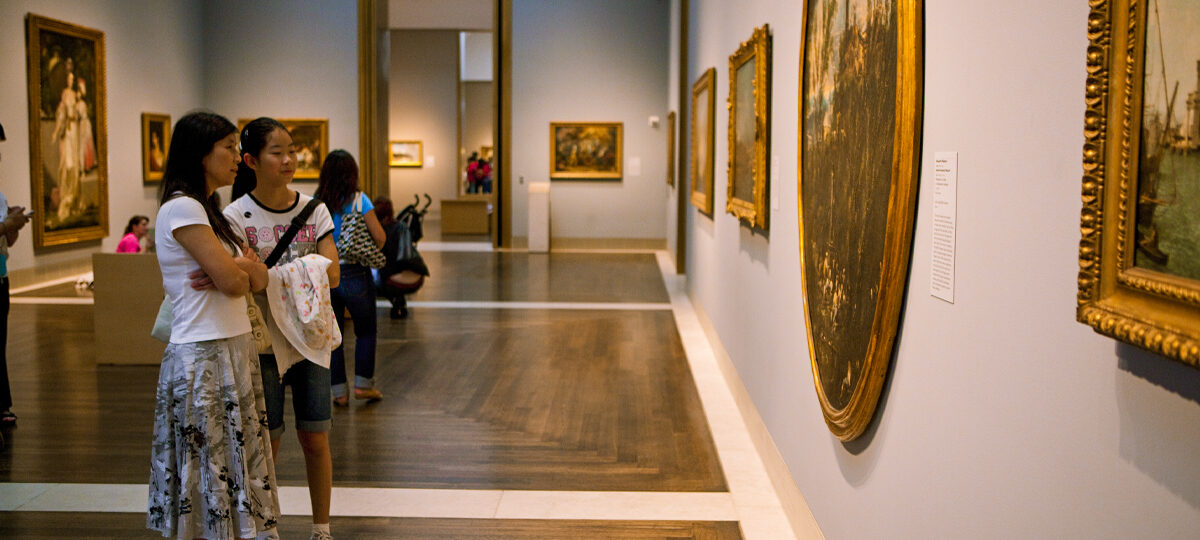Greco-Roman Museum
Alexandria has a long and interesting history, but few of its achievements have held up over time. In order for the city to fit in the small space between the Mediterranean and the Nile wetlands behind it, it has been built on top of itself many times. When you think about how many invasions, sieges, and bombings the city has been through over its long history, it’s easy to see why so little of ancient Alexandria still stands today.
This city was founded in 331 BC and has been a centre of business and culture ever since. However, it may be hard to understand how important it is. You can go to the Greco-Roman Museum and Kom Al-Dikka, which are both in the area, to learn more about what’s going on.

Even though the Greco-Roman Museum isn’t very big, it has some interesting artefacts from an interesting time in Egypt’s history, when Greek, Roman, and Ancient Egyptian cultures all met in this area. The Greco-Roman Museum is in the same area as the Egyptian Museum. It is a must-see for history fans in Cairo. Several famous historical figures from all over the world lived in Alexandria for long periods of time, and you can learn more about them all at this small museum.
Alexander the Great, Julius Caesar, Marc Antony, and Cleopatra are just some of the historical figures in this show. Also, the Pharos Lighthouse, which used to mark Alexandria’s harbour and was considered the second wonder of the ancient world after the Sphinx, is still standing and can be seen. The Pyramids of Giza in Cairo, which are a World Heritage Site, are the other.
The mosque of Kom Al-Dikka is not too far from the museum. The Arabic word means “mound of trash,” but this is one of the few places where archaeologists have found evidence of the ancient metropolis. As excavations continue, a well-preserved Roman amphitheatre has been found. It is thought to be one of many that used to be in the ancient city. There, people have also found the remains of a Roman bathhouse and a Roman house with mosaic floors and walls.

